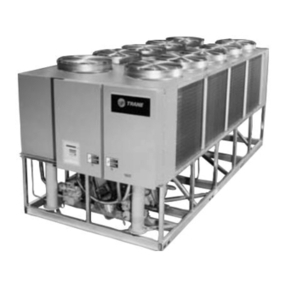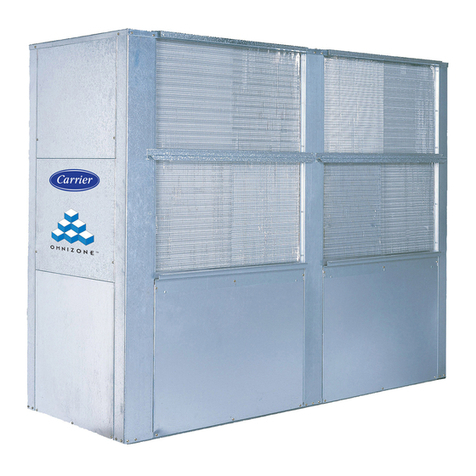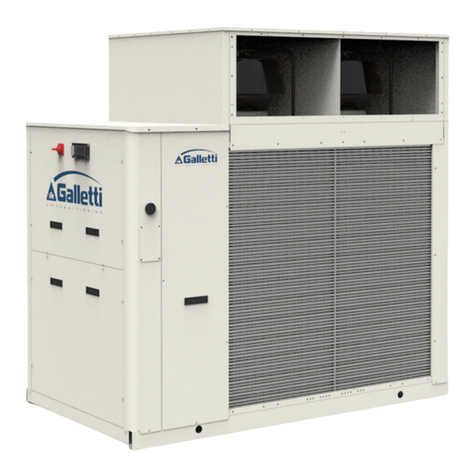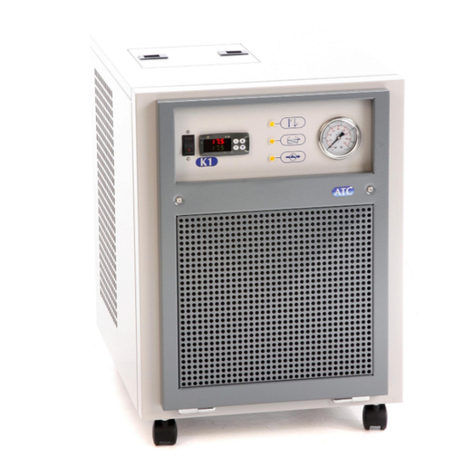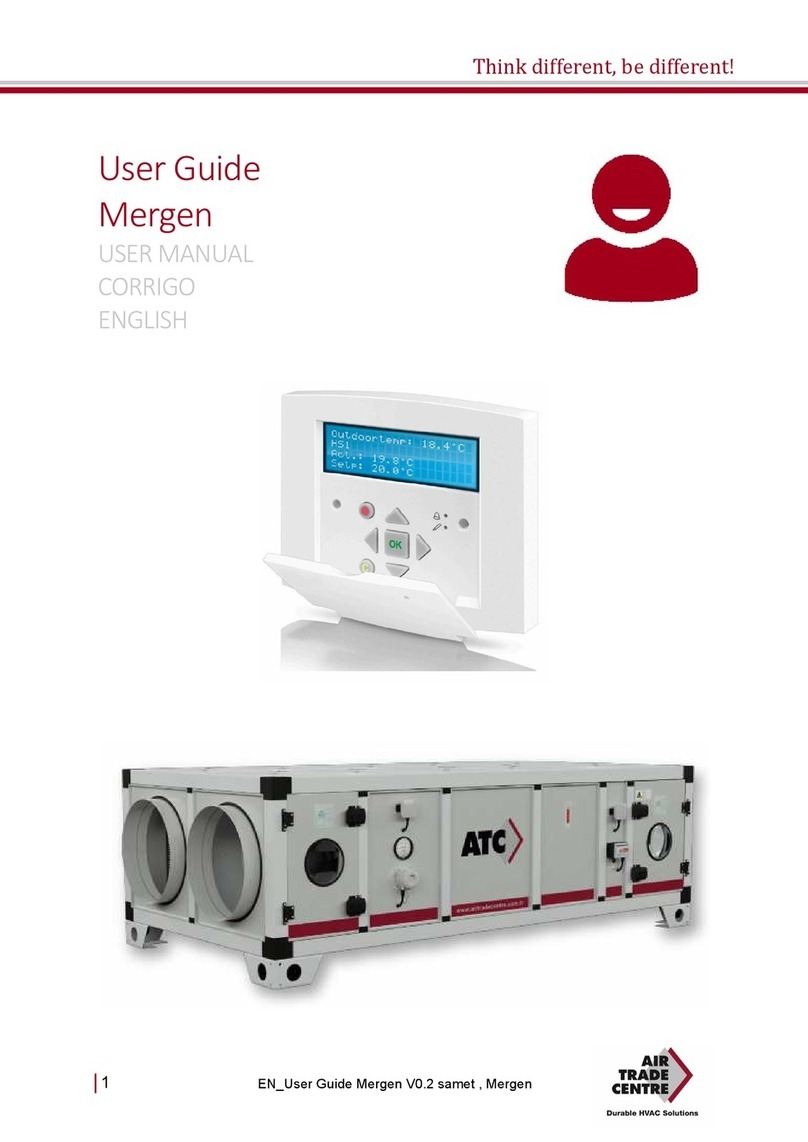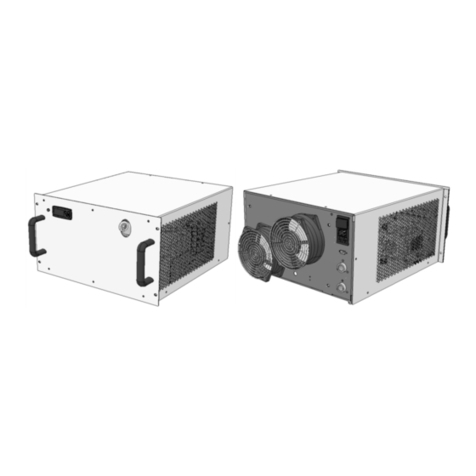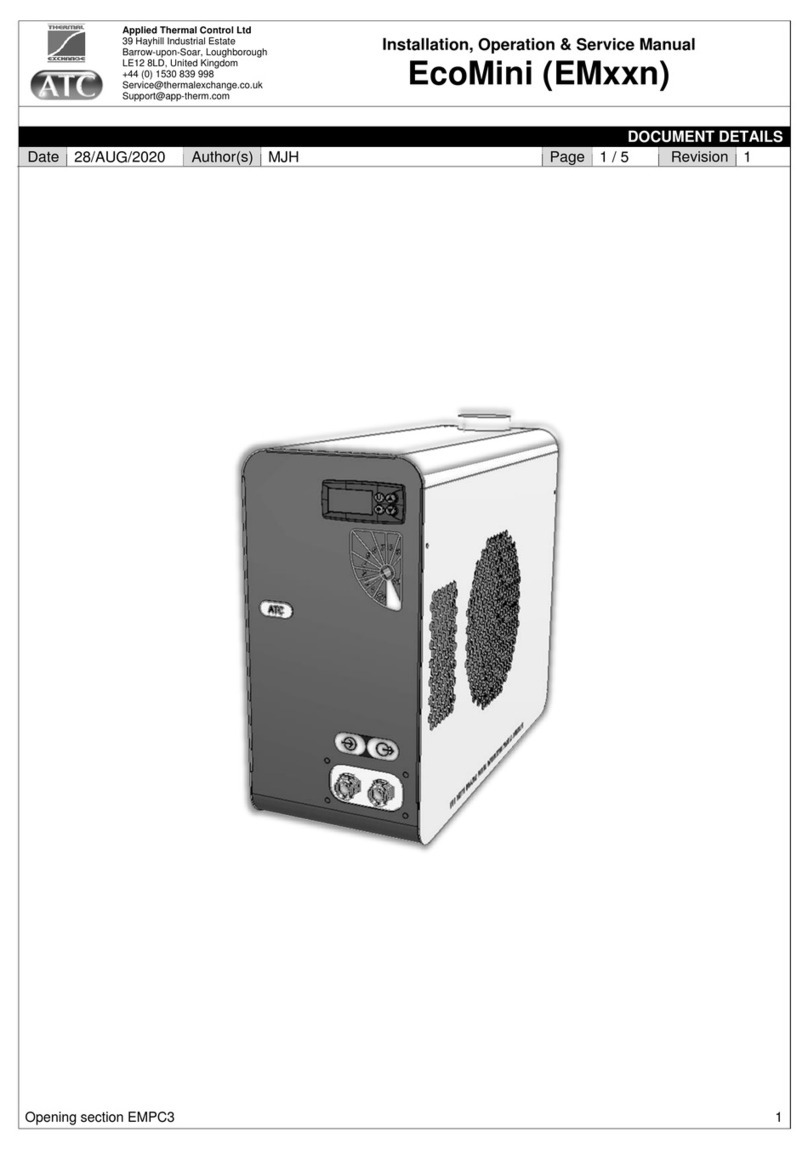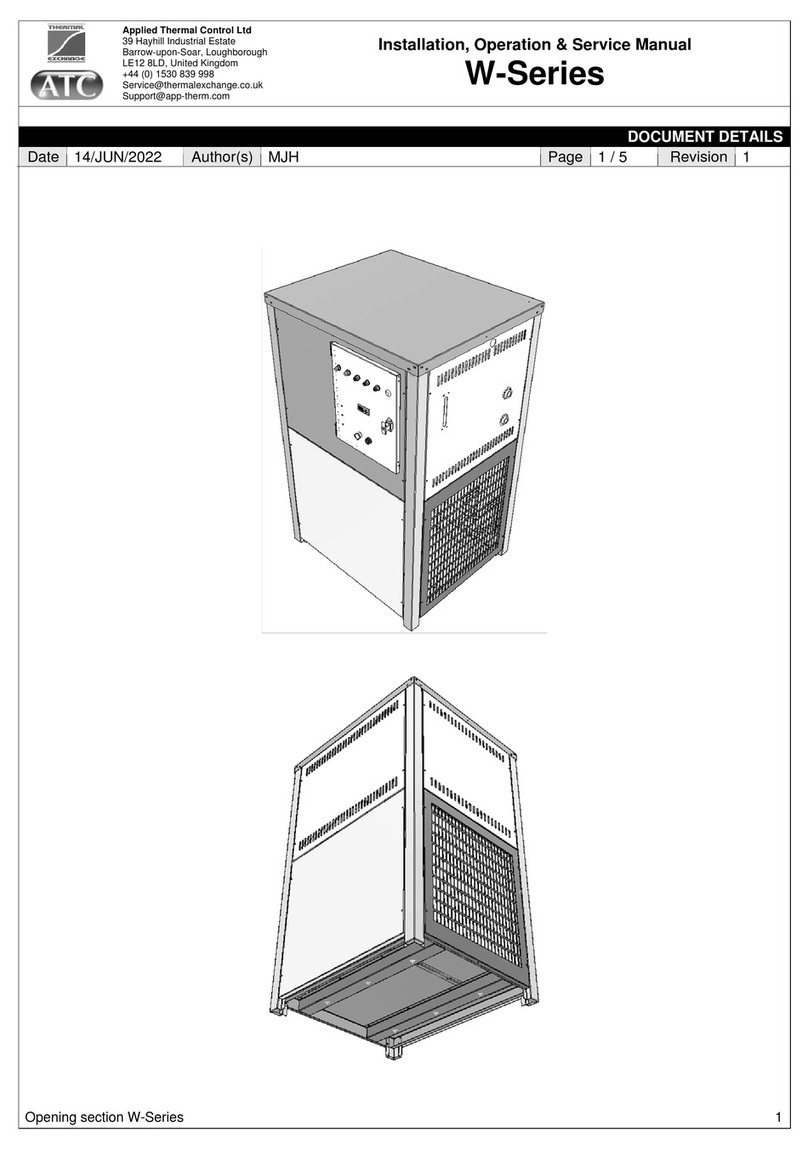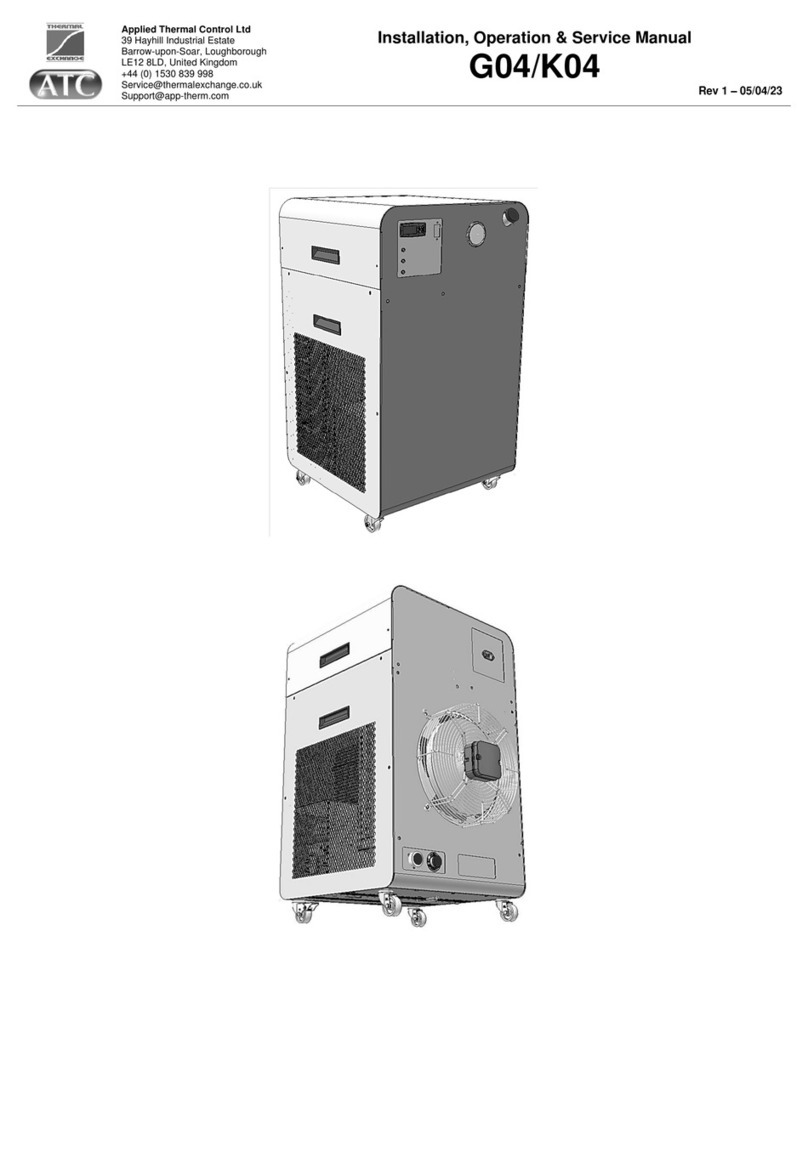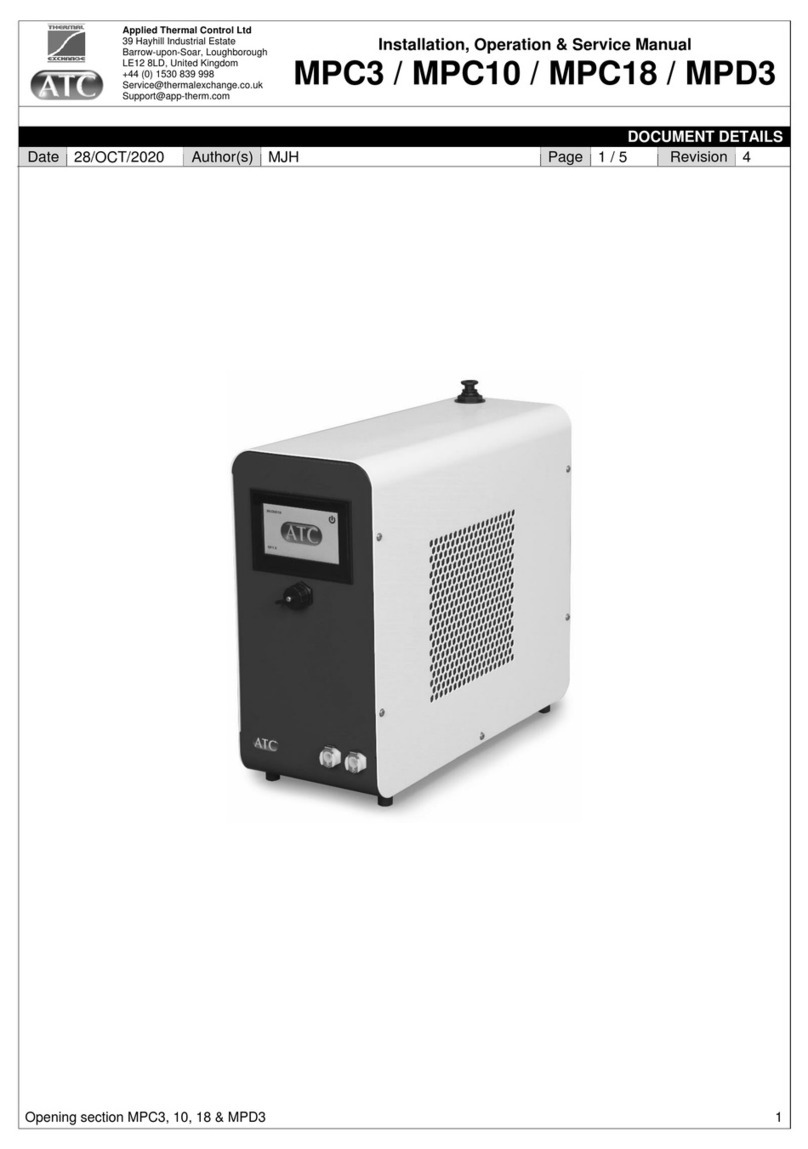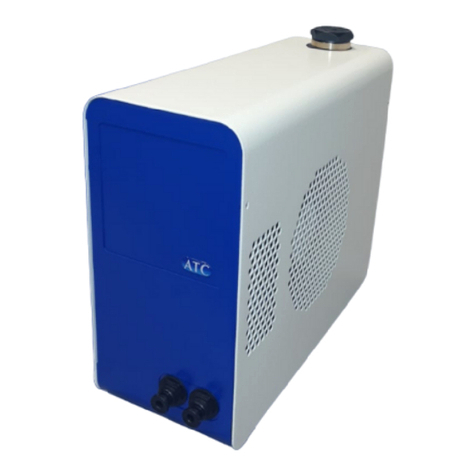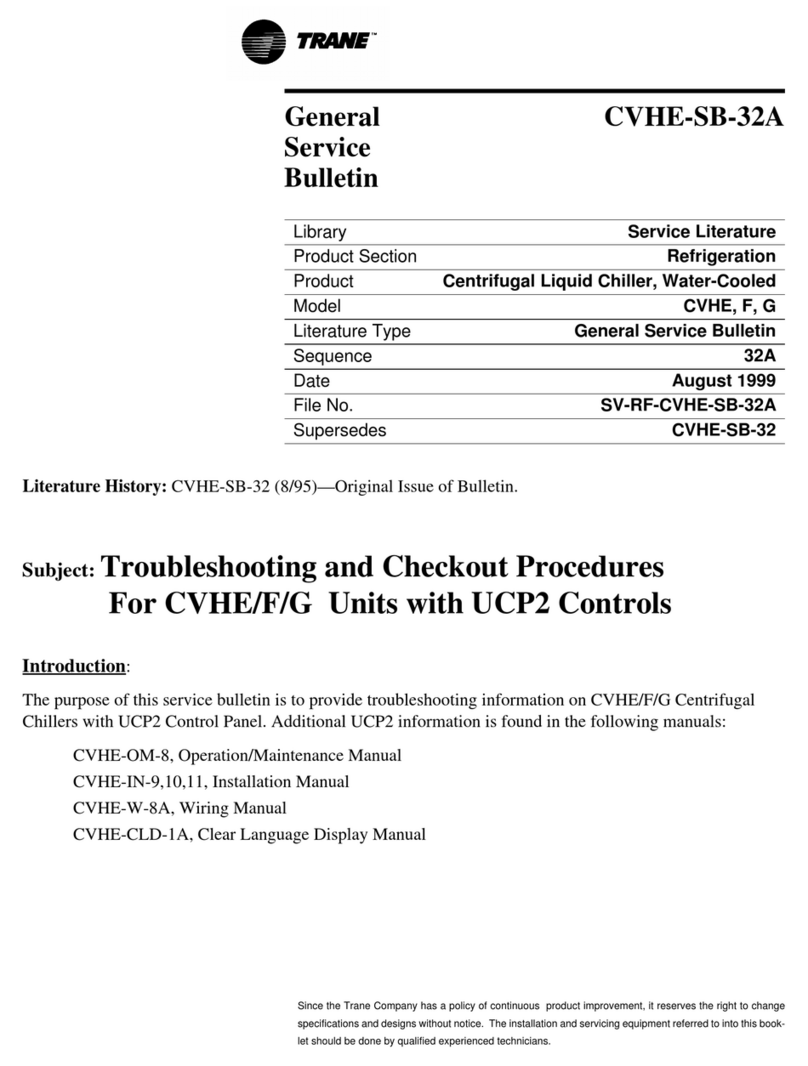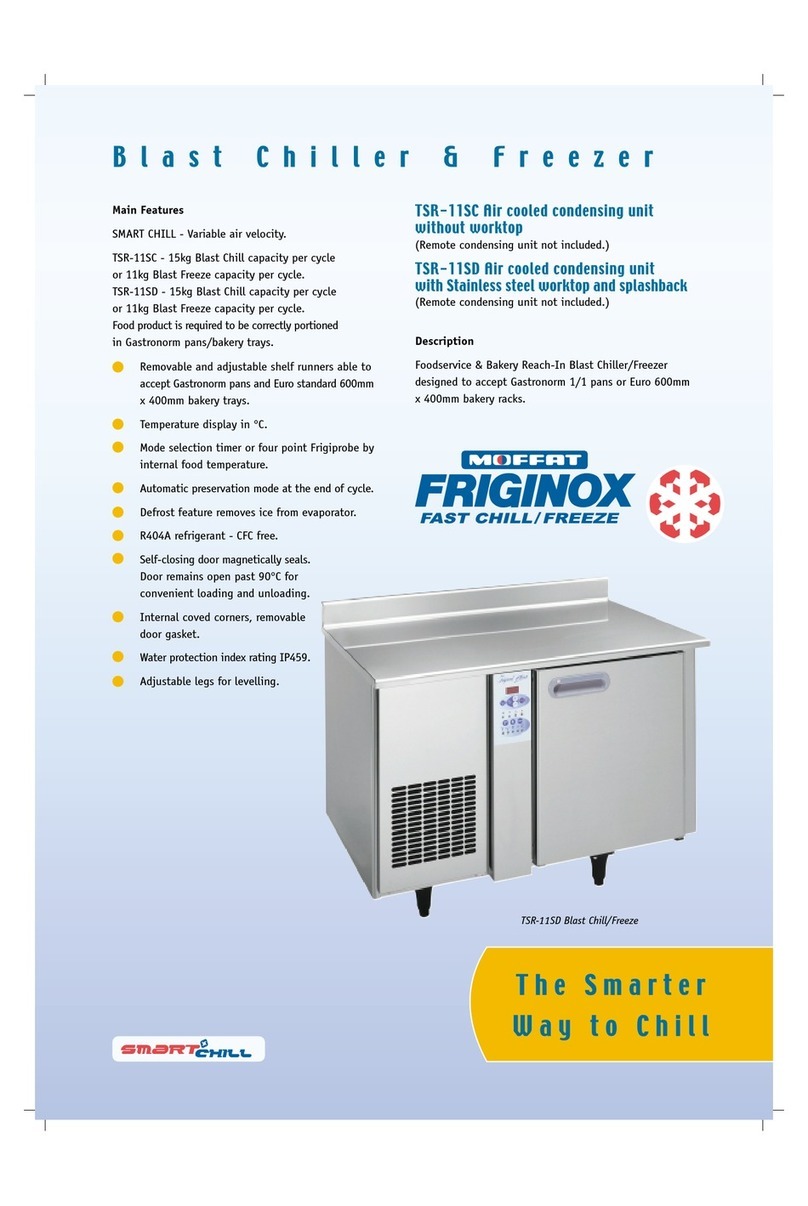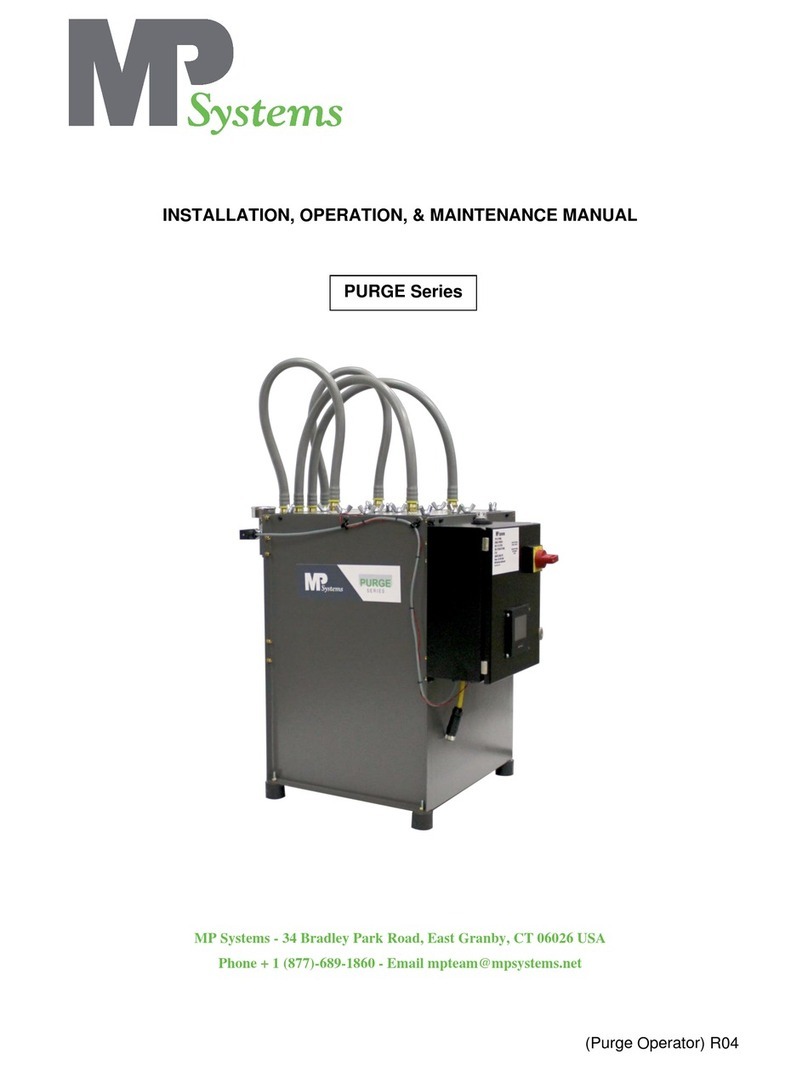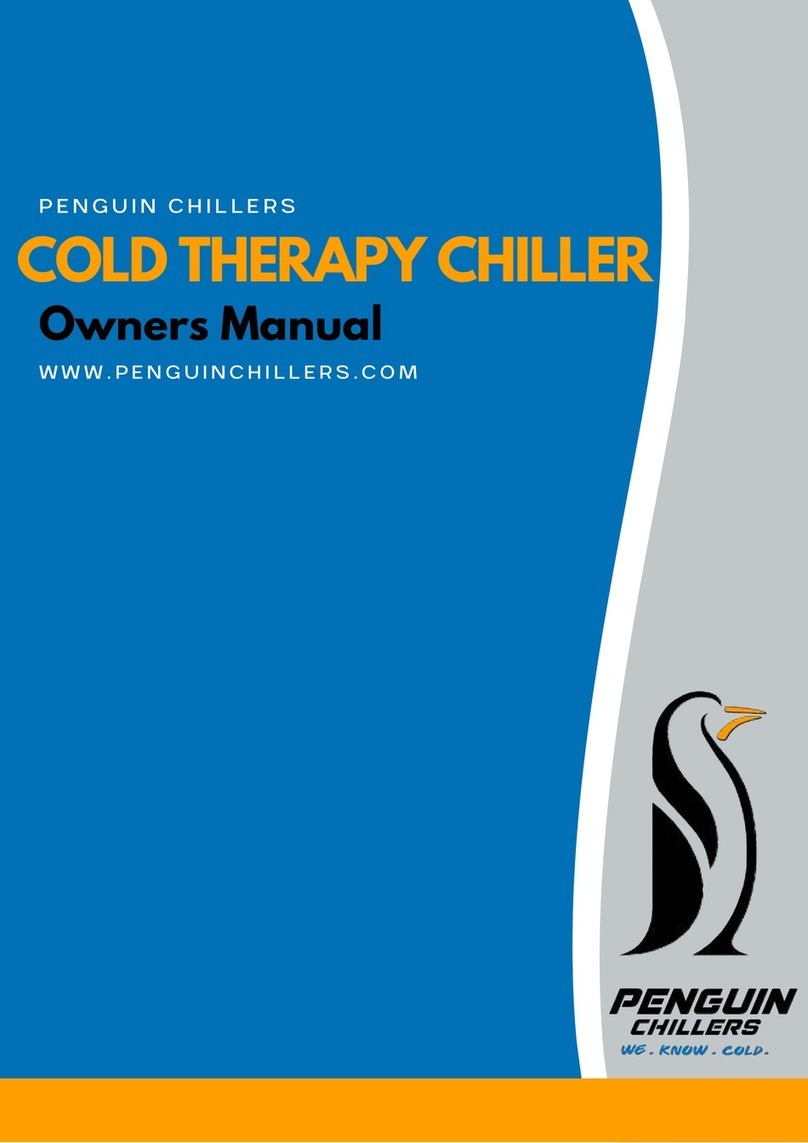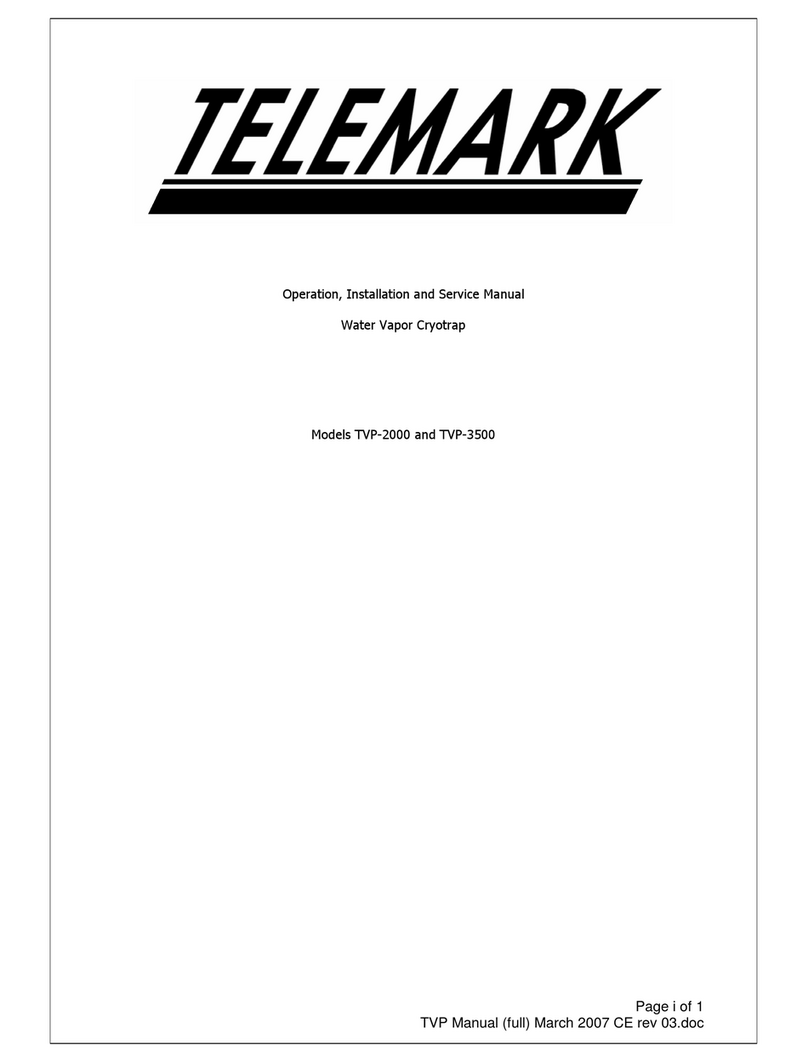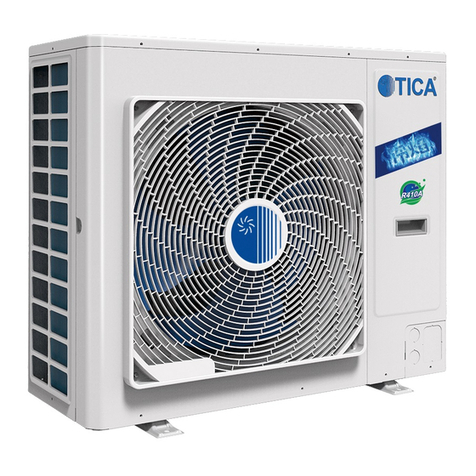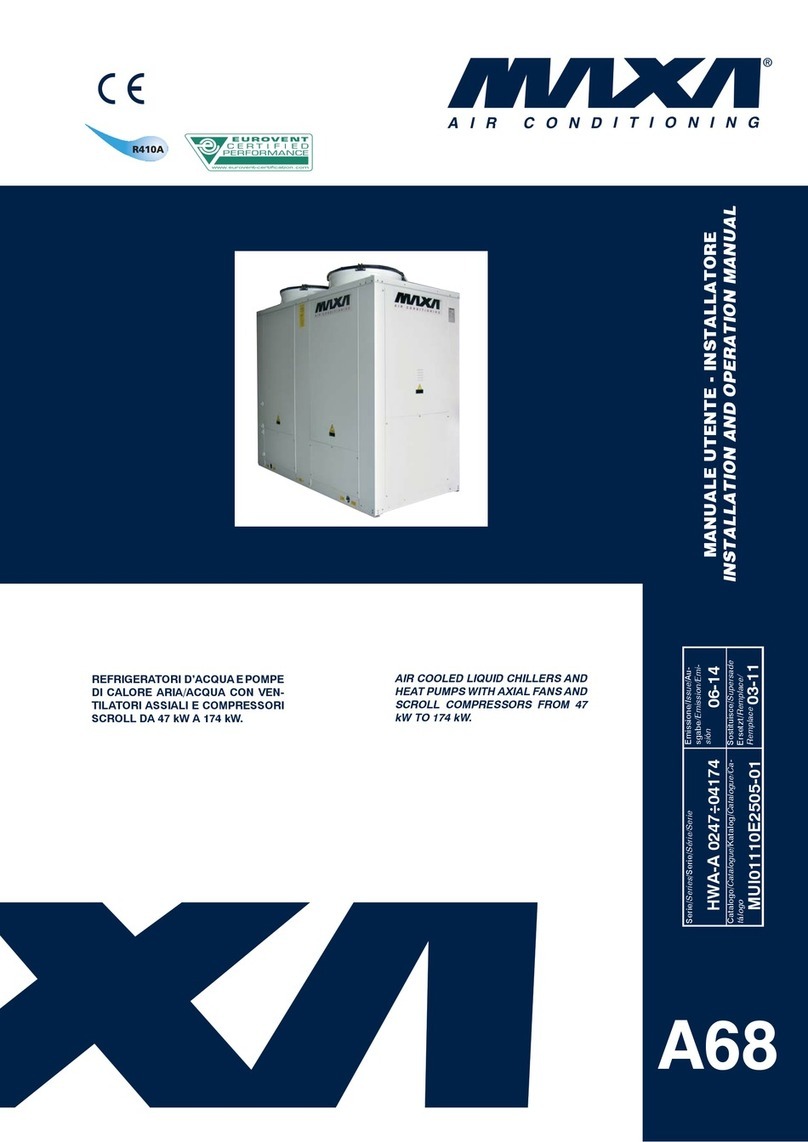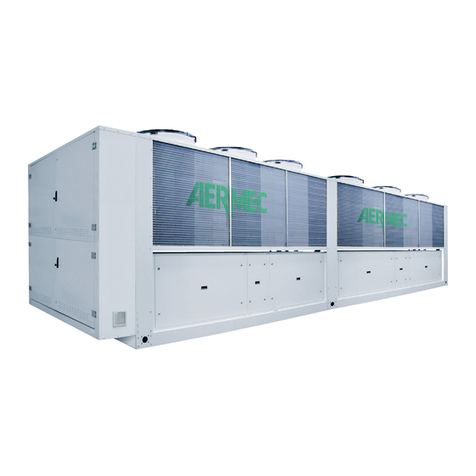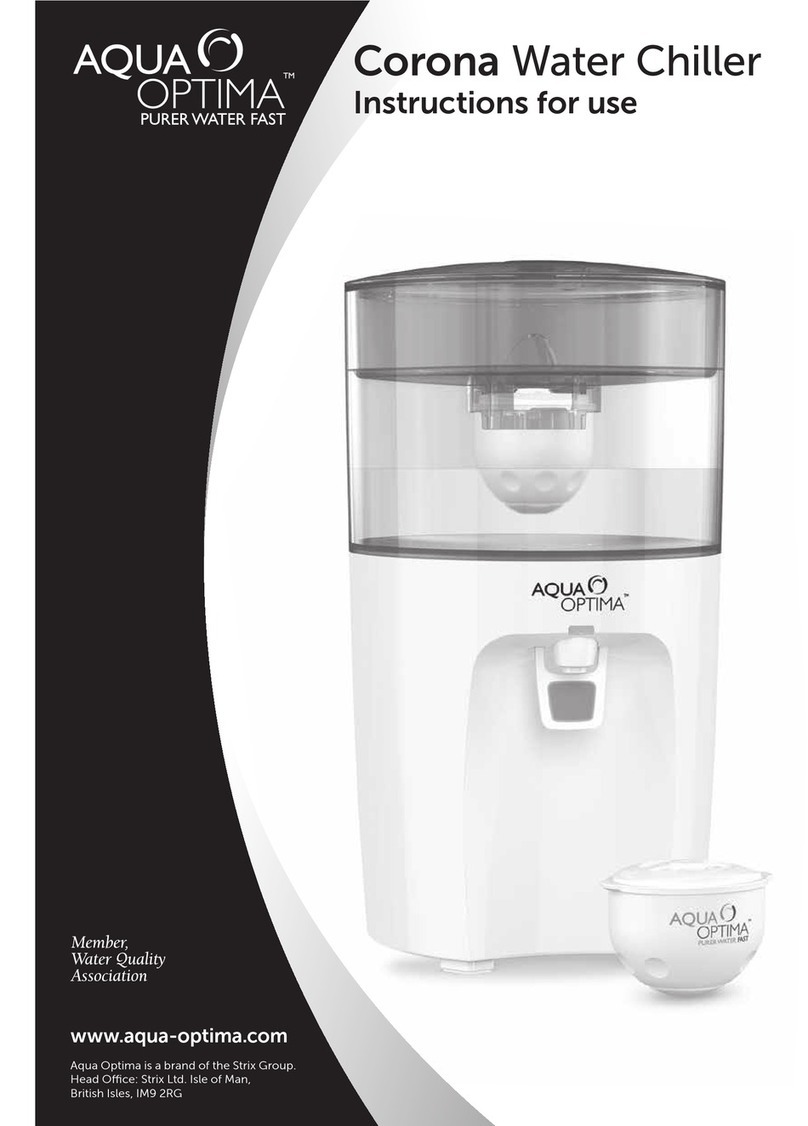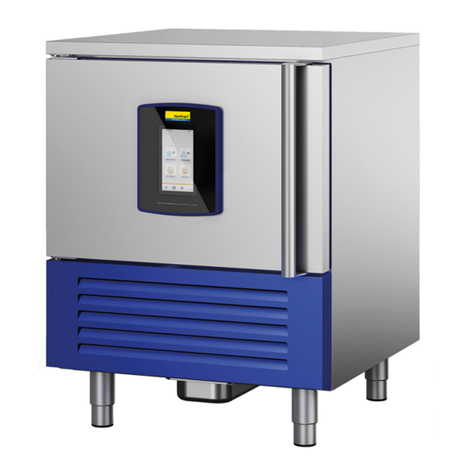Please visit the website warranty registration page to ensure ATC can offer you the best
possible support;
https://www.app-therm.com/warranty-registration/
a) For how long is my ATC product under warranty?
ATC provides a comprehensive return to base 2-year parts, 1-year labour warranty from delivery as
standard on all new equipment, provided it has been installed and operated in accordance with the
manual.
b) Where will ATC fulfill the product warranty?
ATC’s standard warranty terms are Return to Base (RTB) –issues with chillers are often easily
solvable over the phone or email, or by reviewing ATC’s technical guidance on the web and in the
product manual. On occasion, at the discretion of ATC, goods may be serviced on site FOC or a
service loan unit may be supplied. Warranty cover excludes the cost of travel by engineers and
loan unit rental charges. Obtaining onsite service for a product, even in full warranty, is a
chargeable service.
c) Who is liable for shipping charges in the event of warranty failure?
During the first year of the warranty period, freight costs to and from ATC are covered by ATC.
During the second year of the warranty, freight costs to and from ATC are payable by the customer.
d) I’m experiencing problems with my chiller. It’s within warranty – what do I do next?
Contact ATC to discuss the issue you are having on +44(0)1530 839998 or
support@app-therm.com. Be sure to have your model number and serial number on-hand to aid
those attempting to solve remotely.
e) Telephone support couldn’t fix my chiller – what do I do next?
An RMA form must be completed. This allows both the end-user and ATC to clarify your details, to
set the party responsible for shipping costs, and to set a different return address if desired.
Shipping advice is provided, and the end-user must sign a declaration that states the unit is safe to
handle. Return the form by email for fastest response.
f) What happens if my chiller failed outside warranty or requires non-warranty repair work?
A purchase order will be requested to cover an initial inspection –this will only be invoiced if the
inspection shows there is no fault. If packaging is required, i.e. a crate, a separate charge will be
levied. If the end user prefers ATC to arrange a collection, a shipping charge may be levied.
g) Our process must continue running –can we have a loan unit whilst our chiller is in repair?
ATC hold several standard air-cooled chillers at the factory for the sole purpose of offering for loan.
These are available on a first-come, first-serve basis. Models up-to 3kW capacity are available.
